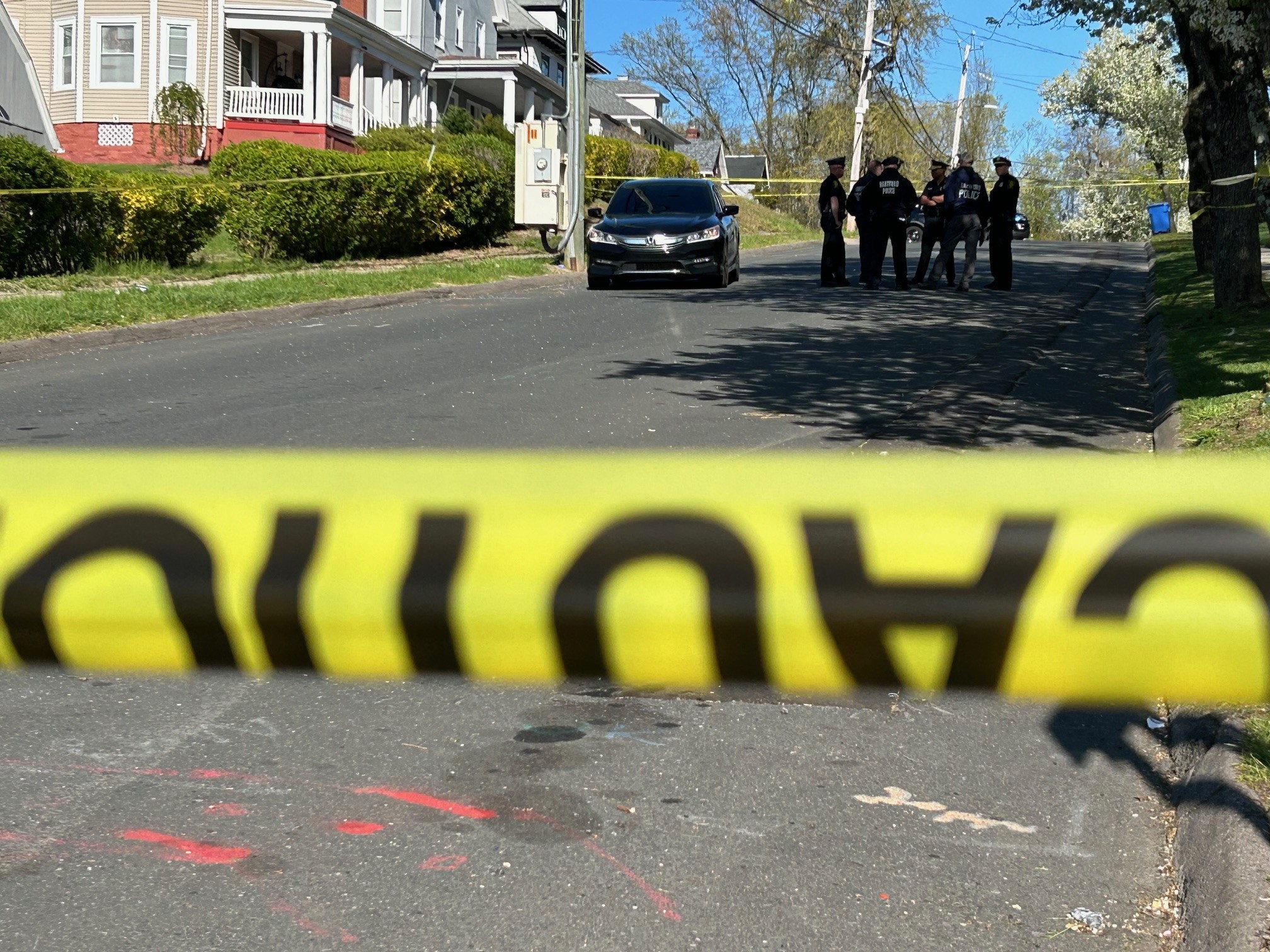To help her students keep up with school this year, counselor Nadia Pearce has tried it all.
She reminds them of goals they had before the pandemic, for college or a career. She calls parents and goes over how their children are supposed to log in for distance learning. She begs. She pleads. She practices tough love.
“I really have to say, ‘You’re in this nest right now. This is high school and we are pampering you. But when you leave here, you’re going to be an adult and you have to make your own decisions and there won’t be a Ms. Pearce to come advocate for you,’” she said. “‘So you have to get it together, now.’”
School counselors everywhere have played important roles in guiding students through the stress and uncertainty of the pandemic, but the burden has been especially heavy in urban, high-needs districts like Bridgeport, Connecticut, where they have been consumed with issues related to attendance and engagement.
Get Connecticut local news, weather forecasts and entertainment stories to your inbox. Sign up for NBC Connecticut newsletters.
In a nation where poor districts typically have fewer counselors per student, those demands highlight one way the pandemic is likely to worsen inequities in the American education system as those with the most on their plates have the least amount of time to help students plan for the future.
Well before school buildings shut down last spring, addressing chronic absenteeism was a time-consuming chore for Pearce and her colleagues. Since the shift to distance and then hybrid learning, her students at Fairchild Wheeler Interdistrict Magnet school have taken on more responsibilities at home, working jobs or caring for siblings.
Counselors regularly run reports to identify students who are missing consecutive days of school or not logging in for class. From there, they analyze whether it’s a case of illness, or perhaps flagging motivation, and discuss strategies that could work for each student.
Local
“Attendance, attendance, attendance,” Pearce said. “The data for attendance is like that emoji where there’s an explosion.”
There is one guidance counselor for every 350 students in high school in Bridgeport, Connecticut’s largest city where three quarters of the students in the low-income district are Black or Hispanic. That compares with much smaller ratios in neighboring, largely white Fairfield County communities including 1 for every 220 in Greenwich, 206 in Darien and 162 in Weston, according to federal data.
Nevertheless, counselors in Bridgeport generally need to spend more time engaging families and connecting them with resources outside of school, said Michael Testani, Bridgeport’s superintendent and a former school counselor.
“There’s a lot of areas that a school counselor in Bridgeport needs to cover outside of just the academic guidance and support that you may see in the suburbs, where kids are getting all of their needs met at home and in the community,” Testani said.
Nationally, high school counselors who serve predominantly students of color attend to 34 more students than others, according to a 2019 report by the American School Counselor Association, the Education Trust and Reach Higher. It also found that schools serving the most students from low-income families tend to have fewer counselors.
Still, Pearce has made time for students who lean on her for college planning.
Pola Indyk, a senior whose mother is from Poland and was unfamiliar with the college application process, said Pearce guided her through every step, even working after the school day on a last-minute request for a recommendation.
“It was very nerve-wracking. I’m a pretty anxious person as it is. I just felt really overwhelmed,” Pola said. “She checks up on me. She knows that I have a lot of plans and aspirations.”
In a crisis year, counselors and other school staff members in many areas have been occupied with making sure students have meals and support for emotional struggles, never mind declines in student performance and college application rates. A shift to emphasize student attendance and well-being — and not necessarily academic counseling — has taken place even in suburban districts, said Amanda Fitzgerald, an assistant deputy executive director at the school counselor association.
“I think the college and career readiness piece is, in some communities, still a number one priority. And I think in most communities, the social and emotional well-being of students is the number one priority,” Fitzgerald said.
In Cheshire, Connecticut, a New Haven suburb where the vast majority of students go on to college, counselors have been called upon to provide extra support addressing student’s social and emotional needs, which had been rising rapidly in many places even before the pandemic, district counseling director Michelle Catucci said.
The pandemic, she said, has brought further stress, including the uncertainty around planning for college and whether students will be comfortable going away for higher education.
“It’s just increasing — the demands on our students as far as what success means and being successful and managing the social pieces, especially with social media,” said Catucci, who is also executive director of the Connecticut School Counselor Association. “But since the pandemic, we’re obviously still dealing with some of those issues, but also with supporting students through this unprecedented time and the emotions that come with it.”
In Bridgeport, Pearce said she has adopted the role of an “auntie,” checking in on students and their parents alike.
“I told a mother, ‘Look, I know that you work. My sister’s a single mom, too. So I get it. You’re doing a lot of different things,’” she said. “‘But you know, we’ve got to help our little friend cross the finish line. Can you just check her assignments? Just to make sure she’s doing what she needs to do?’”
She also has success stories.
Masengo Nkuili, a junior, said distance learning has been disrupted by distractions at home and there have been days she didn’t feel like getting out of bed. She said Pearce has helped to keep her motivated and guided her toward scholarship opportunities to help fulfill her dream of attending a historically Black college.
“If I am just not feeling something or I don’t feel like going, it’s, ‘Masengo you have to go to class,’” she said. “She always gives me advice like that. Her energy is always amazing.”



